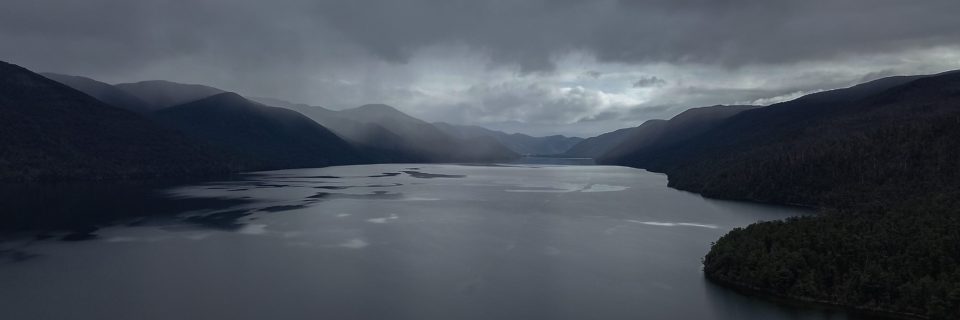Rotoroa
Ngāti Apa trace their earliest connections to Lake Rotoroa (large waters) from their ancestor Kupe – according to Ngāti Apa ki te Rā Tō pūrākau, Rotoiti and Rotoroa are the eye sockets of the taniwha Te Wheke-a-Muturangi.
This area formed the central hub of a series of well-known and well-used trails linking Ngāti Apa to communities in the Wairau, Waiau-toa (Clarence River), Kaituna, Whakatū, Tasman Bay, Mohua (Golden Bay) and the Kawatiri district.
Later, the region was used as a refuge for the tribe during the northern invasions and formed a secure base for warriors who continued to defend their rohe, particularly in the Whakatū area.
A rich mahinga kai, including birds, kiore, inanga and tuna, Rotoroa was also the site of extensive and well-established fern gardens, or tawaha, planted by our tīpuna high on the northern slopes above Rotoroa. This provided a good source of aruhe or fern-root, a staple food until the introduction of the potato.
The gardens were described by European visitors to the region in the 1840s and are still visible today.

Illustration by Johann Franz Julius von Haast of extensive fern cultivations (light foreground) at Rotoroa, 1860. Haast, Johann Franz Julius von, 1822-1887. Haast, Johann Franz Julius von, 1822-1887: Rotoroa, Mount MacKay, Humbold Chaine. 25 Januar 1860. Haast family: Collection. Ref: A-108-034. Alexander Turnbull Library, Wellington, New Zealand. /records/22680353
Ethnographer Elsdon Best noted in 1902 that aruhe from these inland areas was much better than that harvested from the coast. Before it could be eaten, aruhe required a lot of preparation and was often mixed with plant extracts and additives to make both sweet and savoury dishes.
In the Ngāti Apa ki te Rā Tō Deed of Settlement there is a clause that recognises our unique connection to both Rotoroa and Rotoiti and the tuna within, and allows us to harvest tuna for special cultural hui.
This short film by Keelan Walker documents whānau as they embark on their annual customary tuna harvest from at Rotoroa.


Recent Comments